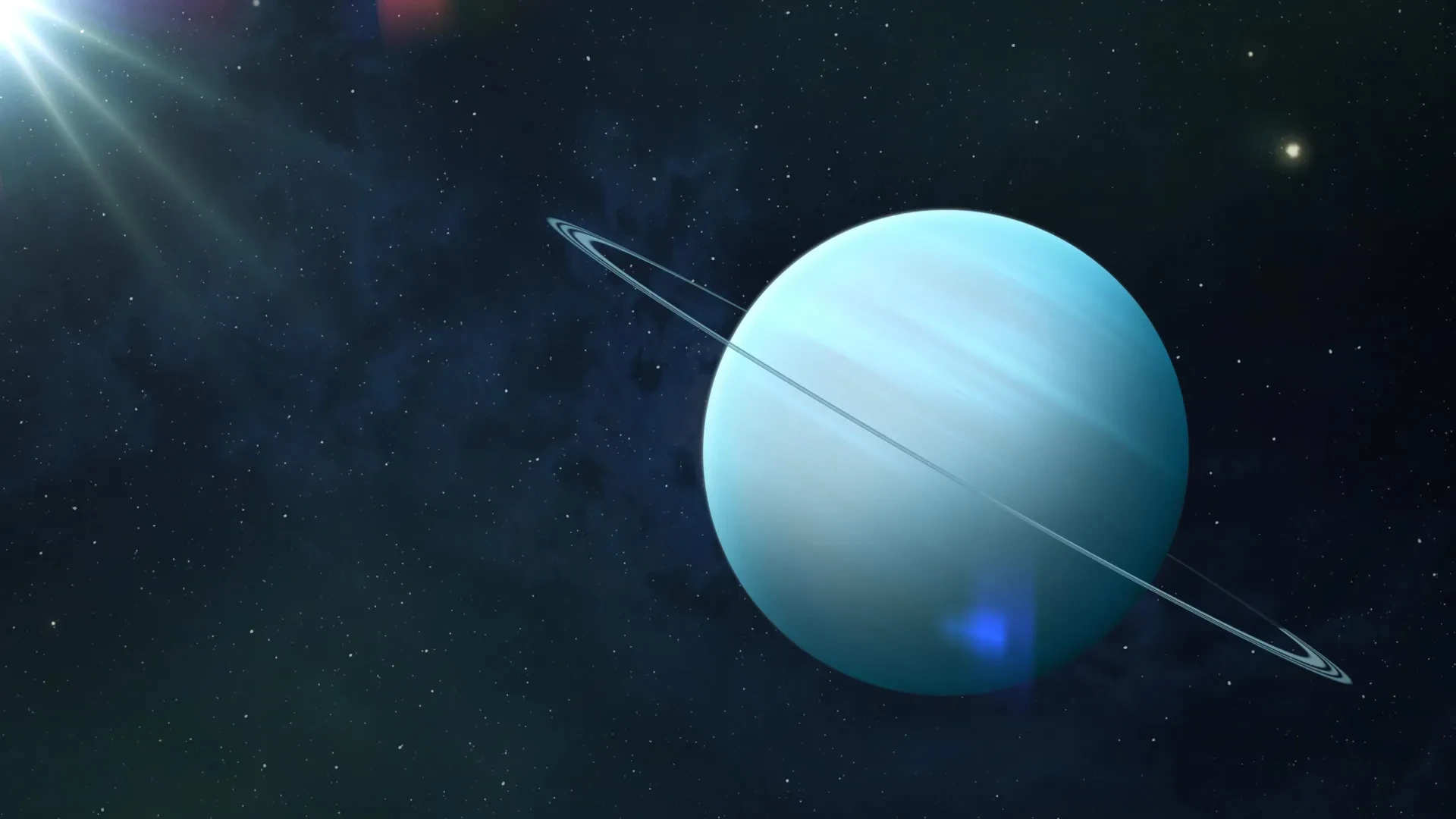New satellite research reveals that Earth's morning magnetosphere holds a negative charge in the equatorial region, overturning previous models that predicted a positive charge. Scientists say plasma flow within the magnetic field creates this unique polarity pattern, reshaping understanding of Earth's near-space environment.

October 31, 2025

Source:
http://Phys.org
Unexpected Charge Pattern Observed
Scientists have detected a surprising pattern in Earth's magnetosphere: the equatorial morning side is negatively charged, counter to decades of scientific assumptions. The discovery comes from new satellite measurements and detailed computational models built by researchers at Kyoto, Nagoya, and Kyushu Universities. This finding disrupts established theories that predicted a uniform, positive charge across both the equatorial and polar regions.
How the Discovery Was Made
Satellites collected fresh data on charge distribution around Earth.
Advanced simulations tracked plasma movements and charge patterns, confirming the reversal in the equatorial zone.
These results were published and discussed for their wide-ranging impact on planetary physics.
Keep up with the story. Subscribe to the PR+ free daily newsletter

Source:
Space
What Drives the Charge Reversal?
The cause lies in the motion of plasma across the magnetosphere. As described by Dr. Yusuke Ebihara, solar magnetic energy enters Earth's magnetic field, which directs plasma clockwise on the dusk side before it channels toward the poles. Magnetic field lines point upward near the equator and downward near the poles, setting up an electrical environment where the equator's charge becomes opposite to the polar regions.
Key Points
The charge reversal is an effect of plasma motion, not a driver of it.
This changes how scientists interpret electric forces near Earth (source: ScienceDaily).
Understanding these effects could help explain similar magnetospheric behaviors on Jupiter and Saturn.
Read More

Source:
NASA Science
Share this news:




















